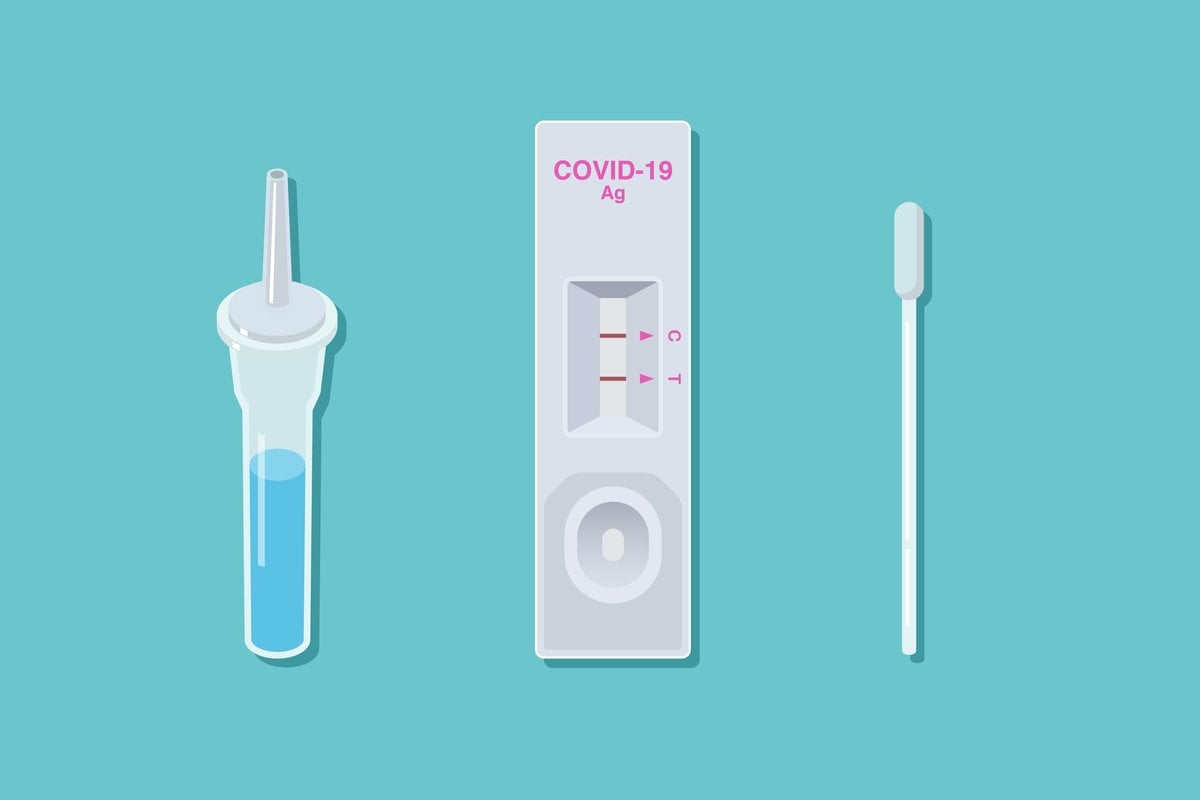
With Christmas around the corner and COVID-19 case numbers rising, it’s important to keep getting tested when you have symptoms, have been exposed to the virus, or are going to a high-risk environment.
Now we have access to PCR tests (known as RT-PCR, or reverse transcription-polymerase chain reaction, tests) and rapid antigen tests to detect SARS-CoV-2, the virus that causes COVID.
So which test should you use? And what’s the difference?
How the tests work.
In Australia, PCR tests are used to diagnose SARS-CoV-2 infections. This test looks for SARS-CoV-2 genetic material.
RT-PCR converts viral RNA to DNA and amplifies the genetic sequence, making billions of copies, to a point where these copies can be detected.
Because the test can amplify tiny amounts of viral genetic material, it’s considered the gold standard and can detect infection in earlier stages than other tests like rapid antigen tests.
Rapid antigen tests instead detect viral proteins. The proteins bind in the solution to antibodies that become fluorescent to indicate the presence of the proteins.
Rapid antigen tests are:
quicker than PCR tests (15-20 minutes versus hours to days to get a result)
can be done in the home compared to having to line up and wait for a swab, which then has to be analysed in a laboratory.
But they’re less sensitive than a PCR test because there is no amplification process.
How effective are they?
While both tests are more likely to correctly detect an infection when the person’s viral load is high, PCR tests are more sensitive than rapid antigen tests.
An Australian study comparing the sensitivity (correctly diagnosing SARS-CoV-2 infection when you have it) of one type of rapid antigen test compared to a PCR test, found 77 per cent of positive antigen test results aligned with PCR test results.
